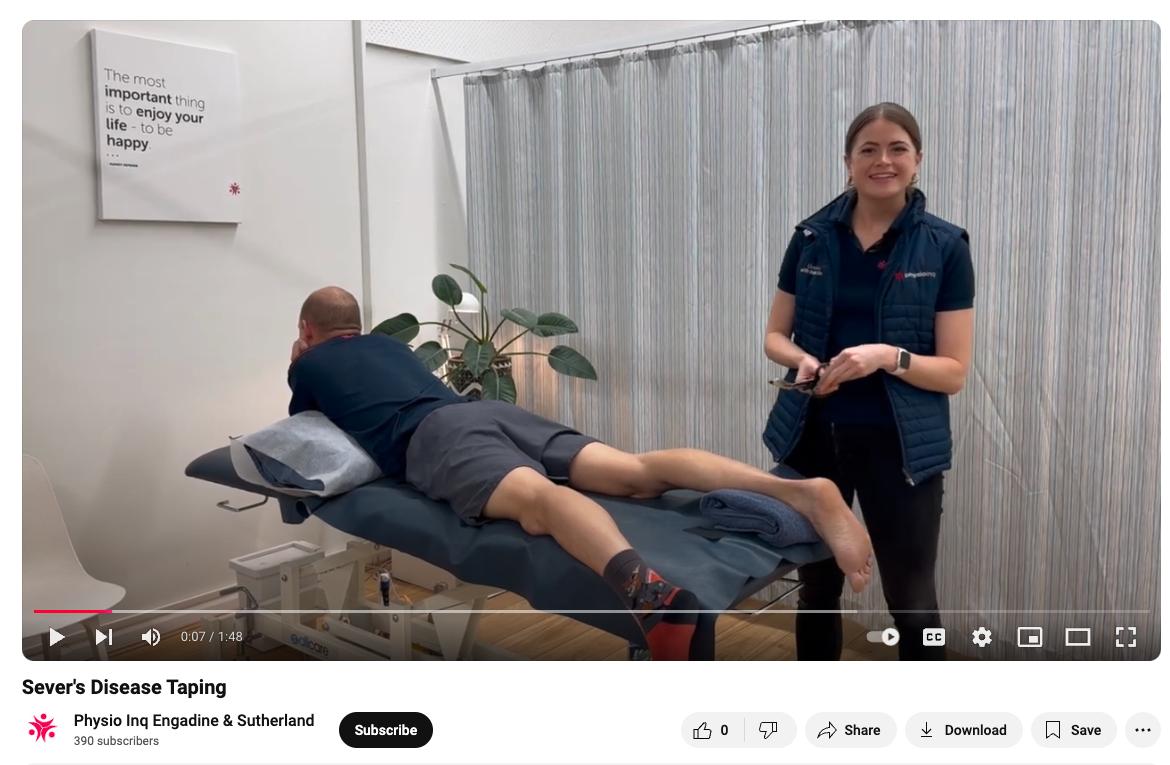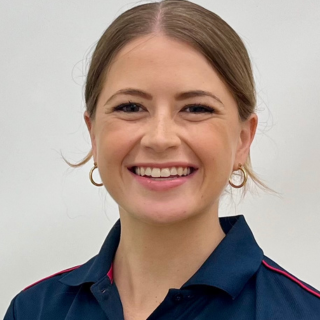Sever's Disease | Causes, Symptoms, Treatment & Taping Techniques
Friday, October 25, 2024
Sever's Disease is the most common cause of heel pain in children and can often, mistakenly, be brushed off as growing pains. A lot of children presenting with Sever’s will complain of heel pain during running and after playing sport. None of us wants to see our kids in pain and the good news is that there are several treatment options that you can read about below, all of which your physio can help with.
What causes Sever's Disease?
It usually occurs during the growth spurt of adolescence or in pre-adolescent ages before the growth plate fuses.
What are the symptoms of Sever's disease?
- Limping while walking or running awkwardly.
- Typically described as stabbing pain of the back of the ankle near the heel.
- Pain can be felt on either 1 or both heels.
- Usually worse during and after exercise, particularly running.
How can it be diagnosed?
Based on the history and symptoms of the injury presented, your physiotherapist will perform several tests to confirm the diagnosis. Sometime other imaging such as X-ray, MRI and bone scan can help with diagnosis.
How is it treated?
Sever's Disease treatment should be based on eliminating heel pain and restoring normal foot and leg biomechanics.
1. Pain relief & control:
In the past, physiotherapists, doctors and specialists have recommended the R.I.C.E. (Rest, Ice, Compression and Elevation) principle following an acute injury. However, research has shown that this isn’t necessarily the best way to optimise recovery. Often after an acute injury a little bit of rest is necessary, but prolonged rest can actually delay recovery. We also want to encourage sports participation in younger athletes. Therefore, the P.O.L.I.C.E. (Protect, Optimal Loading, Ice, Compression and Elevation) is now the best way of managing acute injuries and your physio will guide you on this
2. A series of exercises to mobilise the heel and ankle.
3. Strengthening of the lower leg muscles, which stabilise the heel and ankle.
4. Strengthening exercises that focus on balance and coordination.
5. Load management when playing sports
6. Application of athletic taping to support bottom of the foot.
7. Arch support (orthotics) or heel cups to help distribute pressure to your feet more evenly (ask your physiotherapist if this is appropriate for your child)
8. Lifestyle and home remedies:
- Choosing supportive shoes
- Opting not to wear worn-out athletic shoes and or cleats
In this short video, our Principal Physiotherapist, Tom will show you how you can tape your foot to support bottom the of your heel.


